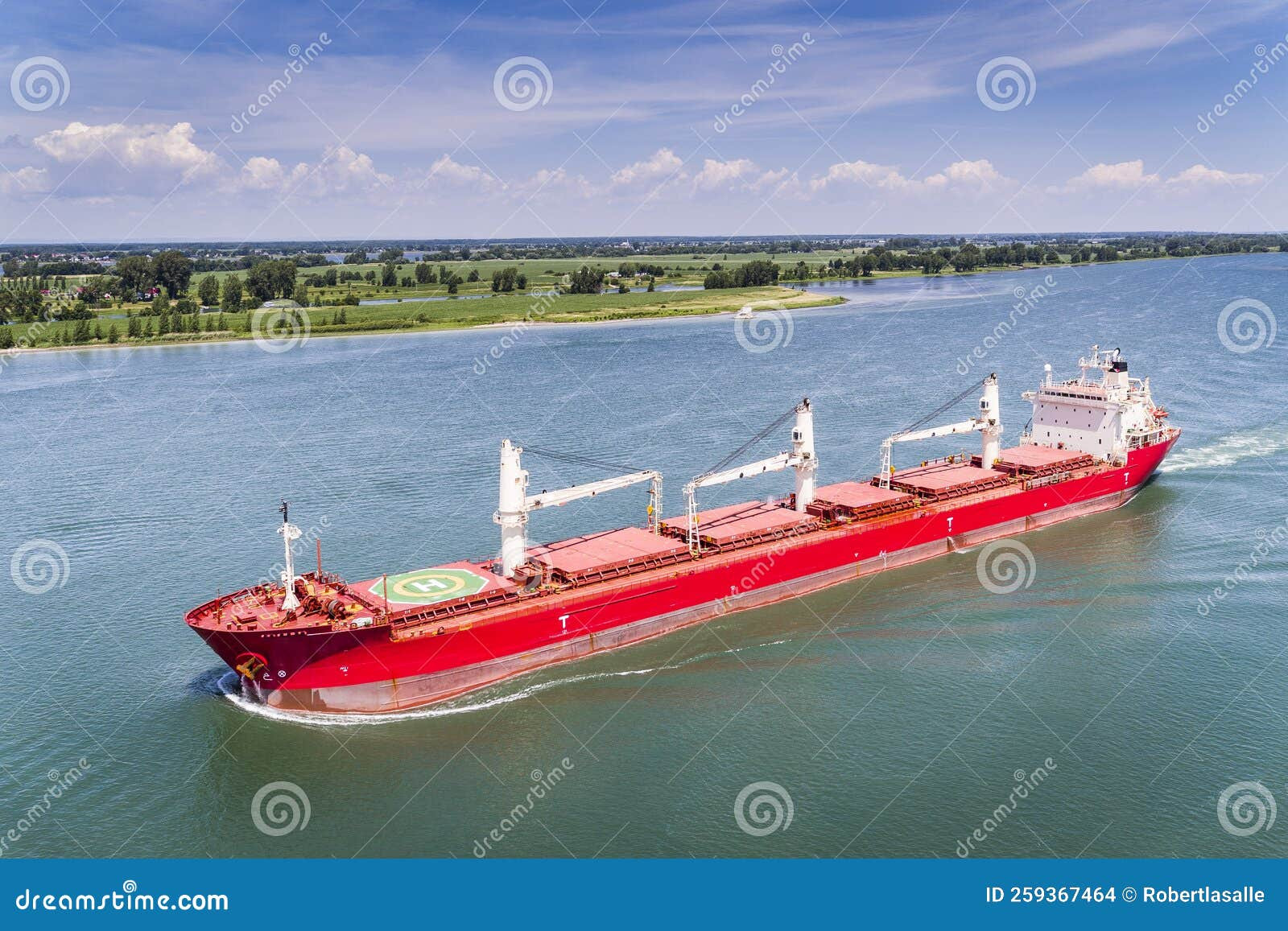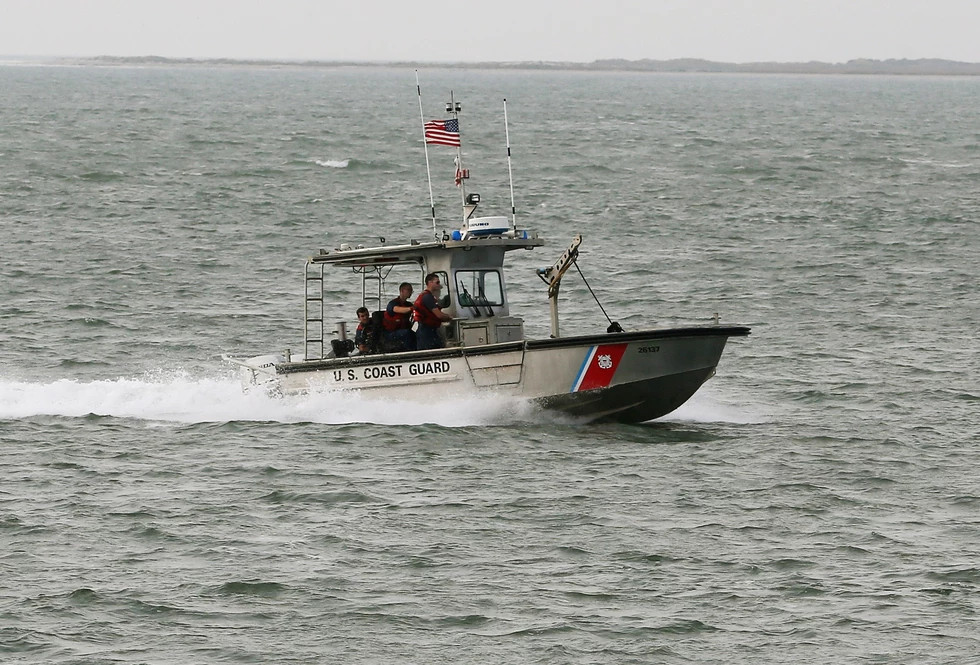A cargo ship carrying steel scrap ran aground on Thursday evening at the entrance of the South Shore canal near Kahnawake, causing a disruption in maritime transport, as the rail system is already under strain. The incident has caused delays for several ships and is impacting grain exports.
The Heemskerkgracht, a Dutch cargo vessel, left the Côte-Sainte-Catherine lock heading for Spain around 6:45 p.m. While making a 180-degree turn to head towards the Atlantic, The ship experienced engine failure and hit the dike, causing it to run aground.
The South Shore canal allows ships to bypass the Lachine Rapids by navigating outside the St. Lawrence River. During this time of year, 16 to 21 ships use this waterway daily.
Jean Aubry-Morin, spokesperson for the St. Lawrence Seaway, estimated on Friday that the refloating of the Dutch vessel should take place by Saturday noon, as no maneuvers are performed at night to "avoid incidents." He also stated that "this period [should be] sufficient to carry out the refloating and to guide the vessel with the tugboats to an inspection point yet to be determined."
This accident comes as the Canadian rail system is being impacted by the ongoing standoff between railway workers and Canadian National Railway Company (CN) as well as Canadian Pacific Kansas City (CPKC).
The Seaway is therefore the "backup system" to the railway for exporting grains and specialty food products in the event of disruptions, explains Jean Aubry-Morin, spokesperson for the St. Lawrence Seaway. "We're in a high traffic period, which means that the intervention is in an emergency mode to ensure that there's not a big delay in interrupting navigation," he says. "It's something important, even if we're not at the level of the shutdown in the Panama Canal, because the [railway system] is going to be challenged again."
No fewer than nine vessels were still stranded on Friday evening in the South Shore canal due to the Heemskerkgracht's grounding. The St. Lawrence Seaway expects 14 to 16 ships to be at anchor by the time the canal is cleared.
"That's what makes the situation acute because the valve is compromised and it can't be for long," explains Jean Aubry-Morin.
The vessels stranded in the South Shore canal are mainly carrying grain destined for Port-Cartier and Quebec City, but also steel and commodities such as potash or fertilizers that will be used for next year's planting.
Every year, no fewer than 3,800 ships transit through the South Shore canal. According to Jean Aubry-Morin, it is still too early to determine the economic impact of this accident.
Impact of the Incident on Shipping
The grounding of the Heemskerkgracht has had a significant impact on shipping on the St. Lawrence Seaway. The incident occurred during a period of high traffic, coinciding with the ongoing disruptions on the Canadian railway system, making the Seaway a critical alternative route for grain and other commodities.
The St. Lawrence Seaway is a crucial artery for trade, linking the Great Lakes to the Atlantic Ocean. The disruption has caused delays for numerous ships, impacting both the export of Canadian grain and the import of essential goods.
Repercussions for the Economy
While the immediate impact of the incident is the disruption of maritime traffic, there are significant economic consequences that are still being assessed. The grounding of the cargo ship has affected the delivery of various goods, including grain, steel, potash, and fertilizers. These commodities are essential to the Canadian economy, and the disruption in their transport has the potential to impact prices and supply chains.
The St. Lawrence Seaway is a major route for the transport of goods, and the grounding of the Heemskerkgracht has highlighted the importance of maintaining a reliable and efficient waterway.
The Future of the Seaway
The incident has renewed concerns about the vulnerability of the St. Lawrence Seaway to disruptions. The Seaway's role as a critical trade route for Canada is undeniable, and the impact of the Heemskerkgracht's grounding underscores the need for robust infrastructure and contingency plans to minimize disruptions. The Seaway Authority and its stakeholders must work together to ensure the continued efficient operation of this vital waterway. Investing in infrastructure upgrades and developing comprehensive emergency response plans are essential to mitigate future disruptions and maintain the smooth flow of goods along this crucial trade route.
A Seaway for the Future
The St. Lawrence Seaway is a vital artery for the Canadian economy, and the Heemskerkgracht incident serves as a reminder of the need for continued investment and vigilance to ensure its continued efficient operation. The Seaway must adapt to the changing demands of the global economy and be prepared to address future challenges, including climate change and technological advancements. By prioritizing these efforts, the Seaway can continue to play a key role in connecting Canadian businesses to global markets for many years to come.


















